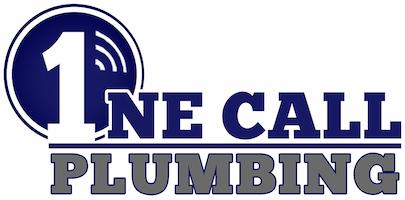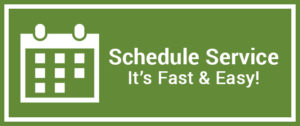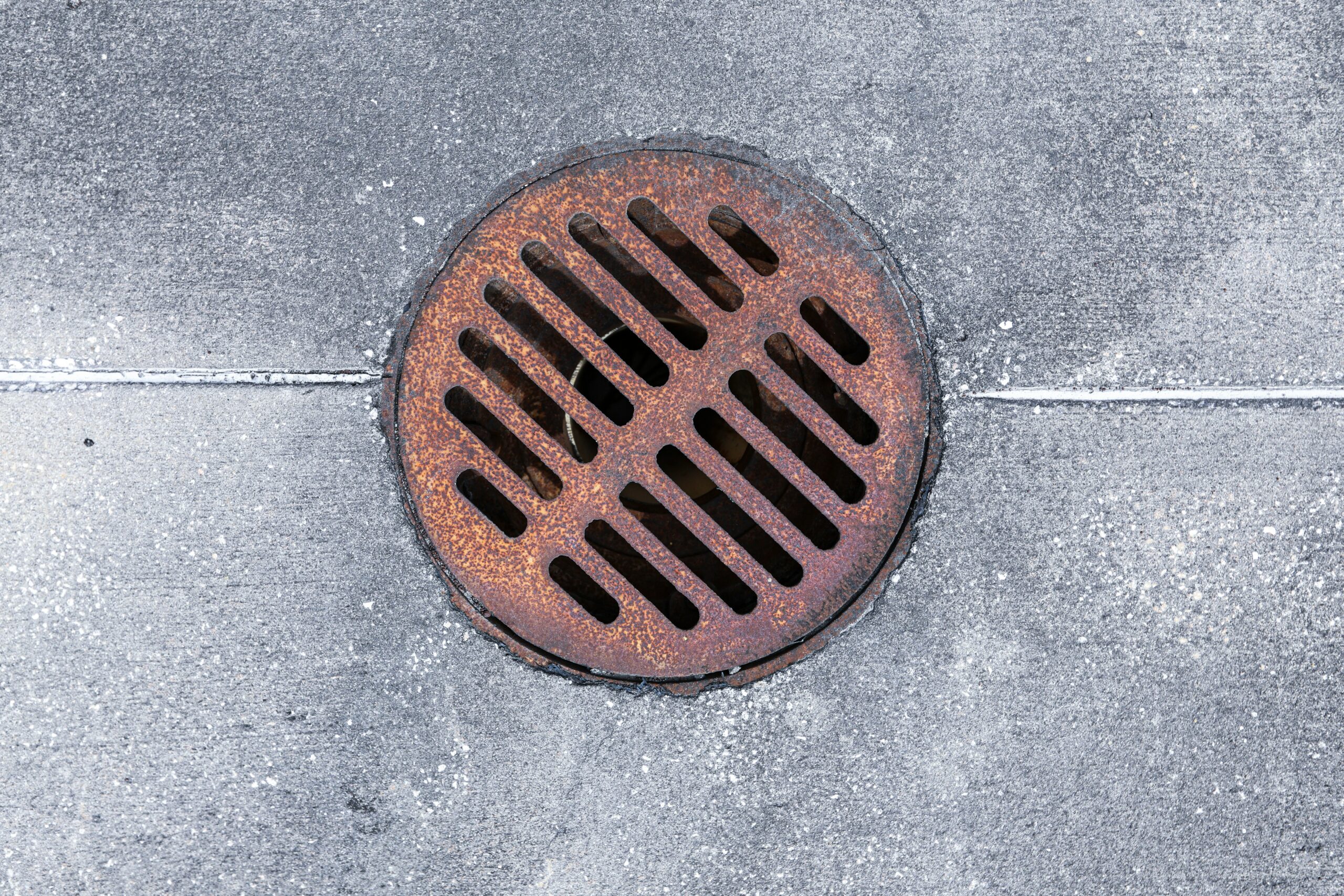Regular drain cleaning is an important part of maintaining your home’s plumbing system. Over time, drains can accumulate debris such as hair, soap scum, and grease, leading to clogs and slow water drainage. These blockages, if left unattended, can result in unpleasant odors, potential backups, and even costly plumbing emergencies. A drain cleaning maintenance plan provides a proactive approach to keeping your drains clear and functional, ensuring the longevity and reliability of your plumbing.
Investing in a drain cleaning maintenance plan offers several benefits. Scheduled cleanings help prevent the build-up of clogs, reducing the likelihood of unexpected plumbing issues. This routine service not only helps to maintain your home’s hygiene by eliminating odors and contaminants but also improves the efficiency of your water fixtures. By incorporating regular maintenance into your household routine, you can avoid the inconvenience and expense of emergency plumbing repairs.
Understanding Drain Cleaning
Drain cleaning is an essential routine to maintain the smooth functioning of your household plumbing systems. Prioritizing this task can help prevent common problems and ensure that your drains remain clear and odor-free.
The Importance of Regular Cleaning
Regular drain cleaning is crucial to prevent build-ups that can lead to clogs and obstruct water flow. Regular maintenance helps to extend the life of your pipes by removing substances that can corrode and damage them over time. Keeping drains clean also reduces the likelihood of experiencing a stinky drain or slow water drainage, which can be signs of a clogged drain.
Common Drain Issues
Drain blockages typically originate from an accumulation of everyday materials like hair, soap scum, food debris, and grease. Over time, these substances can adhere to the interior walls of pipes, gradually narrowing the passage until water can no longer pass efficiently. A clogged drain can eventually lead to backups and potential water damage if left unaddressed.
Signs that Your Drain Needs Cleaning
It’s essential to recognize the early signs of a drain that requires cleaning. Slow drainage, water pooling around your feet in the shower, and unusual noises from the drain are indicative of partial blockages. Gurgling sounds from your toilet or sink and unpleasant odors emanating from the drain suggest the presence of trapped waste and are clear indicators that you need professional drain repair.
Choosing a Drain Cleaning Service
When your business needs drain cleaning services, it is crucial to select a qualified provider that can meet your unique requirements efficiently and effectively.
What to Look for in a Service Provider
Experience: Aim for a company with a proven track record of success. Look for providers that have been in the industry for years, such as those with significant experience in Commercial Drain Services. This indicates they have the knowledge and expertise to handle various situations.
Services Offered: Ensure the provider offers a comprehensive range of drain cleaning services. A full suite includes inspection, cleaning, maintenance, and emergency services. A versatile provider can adapt to different challenges your drain system may present.
Licenses and Insurance: Verify that the service provider is licensed to operate in your area and has adequate insurance. This protects your business from any potential liabilities arising from accidents or damages during the service.
Reputation: Read online reviews and ask for client testimonials to gauge the provider’s reputation. A strong reputation in the community is often a good indication of reliability and customer satisfaction.
Questions to Ask Before Hiring
Specific Drain Cleaning Process: Understand their approach by asking, “What is your process for diagnosing and cleaning blockages?” Knowing the steps they take can provide insight into the thoroughness of their service.
Equipment and Techniques Used: Inquire about the equipment and techniques they employ. For example, ask, “Do you utilize hydro jetting for tough blockages?” High-quality tools and modern techniques can lead to more effective cleaning.
Service Guarantees: Find out if they offer any guarantees or warranties on their work. A confident service provider will stand behind their work with a customer satisfaction guarantee.
Pricing and Payment Options: Discuss costs upfront to avoid any surprises. Ask, “Do you provide clear, upfront pricing and flexible payment options?” This helps in budgeting and financial planning for your maintenance needs.
Scheduled Maintenance Plans: Regular maintenance can prevent emergencies. Ask if they offer maintenance plans that suit your business’s needs to ensure your drains remain in optimal condition.
Maintenance Plan Benefits
Regular maintenance of your home’s plumbing system is crucial in ensuring efficiency and longevity. Structured maintenance plans provide specific advantages.
Extended Lifespan of Plumbing
Investing in regular maintenance can significantly extend the lifespan of your plumbing system. By routinely cleaning and inspecting your drains, you reduce the buildup of harmful substances that can lead to corrosion and deterioration over time.
Cost Savings
With a maintenance plan, hidden issues can be detected before they worsen, saving you from costly emergency repairs. Efficiencies in system operations also reduce your water bill.
- Identify small problems early: prevents expensive repairs
- System efficiency: leads to lower monthly water bills
Emergency Prevention
Maintenance plans are designed to reduce the risk of plumbing emergencies. By keeping your drains clean, you minimize the chances of clogs or backups.
- Reduce sudden plumbing failures: minimizes inconvenience and potential damage
- Regular inspections: ensure early detection of potential issues
Plan Features
Drain cleaning maintenance plans are carefully curated to ensure your drainage system remains in optimal condition. These plans include routine inspections, a range of cleaning services, and the ability to adapt the plan to fit your specific needs.
Inspection Frequency
- Annual Inspections: Most plans typically include an annual inspection to identify potential issues early.
- Semi-Annual Options: For high-usage systems, semi-annual inspections are available to ensure proper functioning throughout the year.
Included Services
- Hydro Jetting: Comprehensive cleaning using high-pressure water to remove blockages and build-up.
- Snaking: Mechanical method to clear obstructions in your pipes, particularly useful for solid blockages.
- Root Removal: Eradication of tree roots that have infiltrated your pipes, which can cause severe damage if left unattended.
Customizable Options
- Emergency Visits: Add-on options for emergency services to address urgent issues.
- Extended Warranties: Available for purchase to provide additional coverage and peace of mind.
Cost Considerations
When it comes to drain cleaning maintenance plans, you’ll want to assess the costs involved carefully. Understanding the pricing structures and comparing different plans are crucial steps to ensure you get the best value for your money.
Understanding Pricing Structures
Maintenance plan costs can vary based on several factors such as the frequency of service, the type of services included, and the size of your property. Typically, service providers offer different tiers of maintenance plans:
- Basic: Includes regular inspections and cleaning.
- Standard: Covers all basic services plus emergency call-outs.
- Premium: Encompasses all standard services, advanced techniques, and priority scheduling.
Invariably, the more comprehensive the plan, the higher the cost. Most companies will present these details in a clear pricing table such as the one below:
| Service Plan | Frequency | Emergency Services | Advanced Techniques | Price |
| Basic | Biannual | No | No | $150/yr |
| Standard | Quarterly | Yes | No | $250/yr |
| Premium | Monthly | Yes | Yes | $400/yr |
Comparing Different Plans
Before committing to a plan, compare offerings from various providers. Look for the following when comparing:
- Inclusions: Are routine inspections, cleanings, and emergency services included?
- Service Level Agreements (SLAs): What are the guaranteed response times for emergencies?
- Customer Reviews: What is the satisfaction level of current customers?
You might consider creating a comparison chart to visualize the differences:
| Provider | Plan | Includes Emergency | Includes Inspection | Response Time | Annual Cost |
| A | Basic | No | Yes | n/a | $100 |
| B | Basic | Yes | Yes | 24 hrs | $150 |
| C | Premium | Yes | Yes | 12 hrs | $350 |
By taking a close look at what each plan offers and comparing them side by side, you’ll be able to make an informed decision that balances cost and necessity.
Implementation Tips
Efficient drain maintenance relies on timely scheduling and educating everyone in the household on proper usage. These implementation tips will help you maintain a clean, functional drainage system.
Scheduling Best Practices
- Consistency is key: Schedule regular maintenance every six months to prevent clogs and buildup. Use a digital calendar with reminders to stay on track.
- Seasonal considerations: Aim for inspections before heavy use periods, like before winter holidays when kitchens are busy, and after to address any potential issues.
Educating Household Members
- Dos and Don’ts: Create a clear list of what can and cannot go down the drains. For example:
- Do use mesh drain covers.
- Do not pour grease down the kitchen sink.
- Emergency Measures: Ensure everyone knows how to turn off the main water valve in case of a severe blockage and the location of plungers for minor clogs.
Troubleshooting Common Issues
In maintaining your drain cleaning, it’s essential to address minor blockages swiftly and recognize warning signs of greater issues.
Handling Minor Blockages
When you encounter a slow drain, it suggests a minor blockage. Act immediately to prevent escalation:
- Use a Plunger: Apply the plunger to the affected drain, ensuring a tight seal, and pump vigorously to dislodge the clog.
- Baking Soda and Vinegar: Pour half a cup of baking soda followed by half a cup of white vinegar into the drain, then flush with hot water after ten minutes.
Remember to use tools and solutions appropriate for the type of drain; for example, chemical cleaners can damage PVC pipes.
Identifying Red Flags
Recognizing the signals of a pending blockage can spare you from a major plumbing emergency:
- Unusual Noises: Gurgling sounds from drains can indicate trapped air caused by blockages.
- Bad Odors: Persistent unpleasant smells are often a sign of accumulated waste in your pipes.
If multiple fixtures drain poorly or backups become frequent, contact a professional plumber to assess your system.
Legal and Safety Standards
In drain cleaning maintenance, you must adhere to specific regulations and ensure safety protocols are observed to protect both property and personnel.
Compliance With Regulations
Your drain cleaning maintenance plan must align with local, state, and federal regulations. These can include:
- Environmental Protection Agency (EPA): Guidelines on the safe disposal of waste.
- Occupational Safety and Health Administration (OSHA): Standards for safe work environments.
It’s crucial for you to stay updated on codes relevant to the plumbing industry, such as the Uniform Plumbing Code (UPC) or International Plumbing Code (IPC), as they dictate permitted materials and methods for drainage systems.
Ensuring Safe Practices
Safety should be your top priority during drain cleaning activities. Proper safety measures include:
- Personal Protective Equipment (PPE): Usage of gloves, goggles, and masks to safeguard against hazardous materials.
- Equipment Handling: Following manufacturer’s instructions for safe operation of drain cleaning machines.
Ensure that any chemicals used are handled according to the Material Safety Data Sheet (MSDS), which provides information on the proper use and hazards of chemicals. Regular training sessions are advised to keep you informed on current best practices in safety procedures.
Frequently Asked Questions
What are the benefits of a drain cleaning maintenance plan?
Having a maintenance plan helps prevent clogs and backups, thus ensuring your drainage system remains in optimal condition, reducing the likelihood of emergency repair costs.
How often should my drains be professionally cleaned?
Professional cleaning is typically recommended once a year, but this can vary based on your system’s usage and if you experience frequent clogging.
What signs indicate I need drain maintenance?
Look out for slow draining, unpleasant odors, gurgling sounds, and frequent clogs, as these are common signs that your drains could benefit from maintenance.
Can I handle drain maintenance myself?
Some minor maintenance tasks can be done by yourself, but for thorough cleaning and to prevent damage, professional servicing is advised.
Will drain cleaning remove tree roots?
Yes, professionals use specialized equipment that can cut through tree roots that have invaded your pipes.
| Question | Answer |
| Is the maintenance plan affordable? | Most plans are designed to be cost-effective, saving you money in the long term on potential repairs. |
| Are eco-friendly cleaning options available? | Many service providers offer eco-friendly cleaning solutions. |
| What’s included in a typical plan? | Regular inspections, cleaning, and sometimes emergency service calls are included. |
Remember: Regular maintenance can extend the life of your plumbing system and prevent costly damages.



